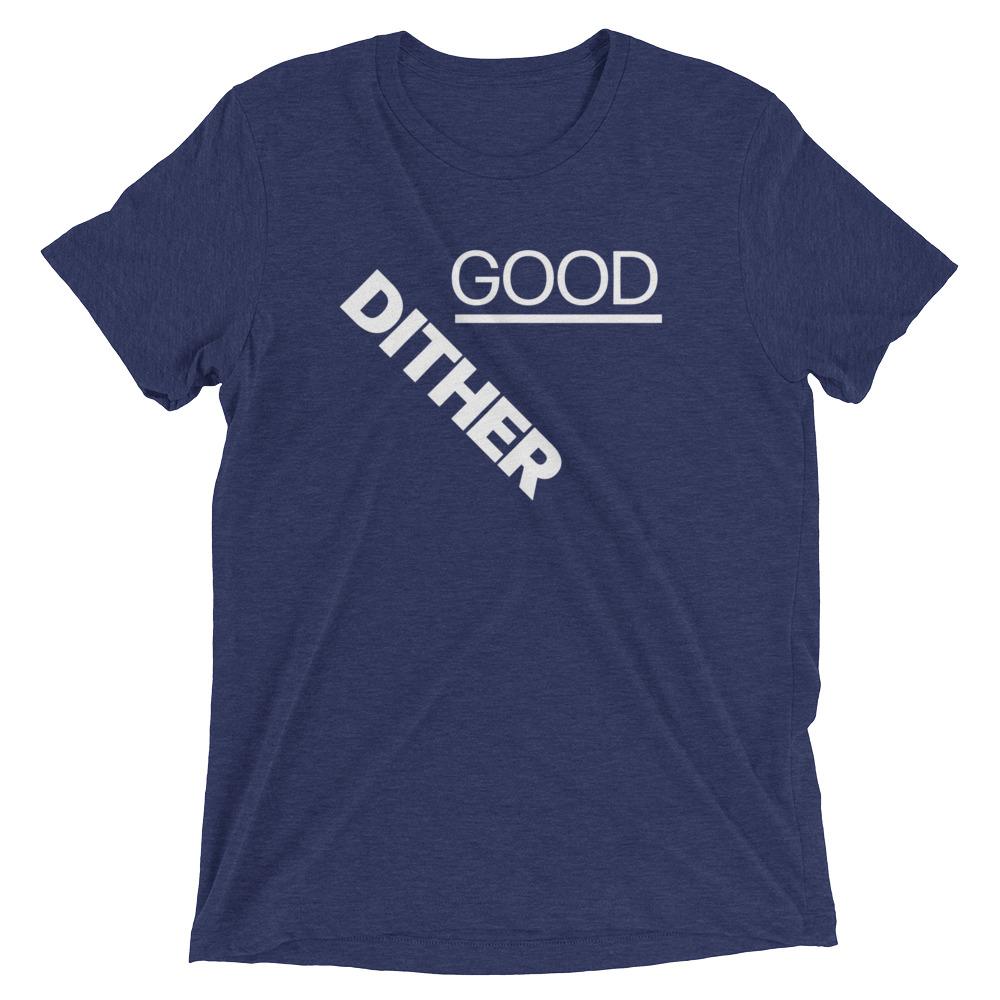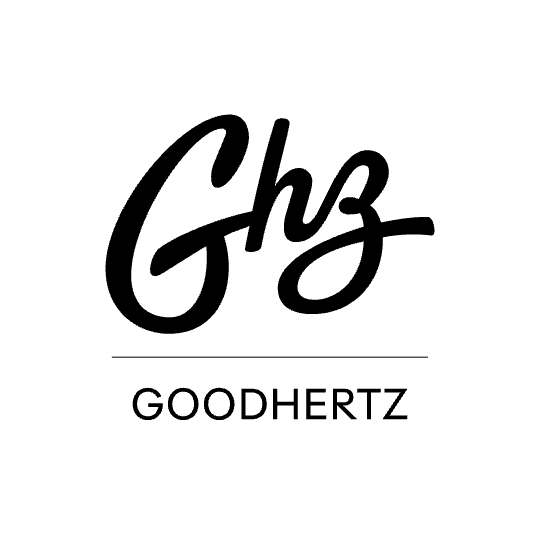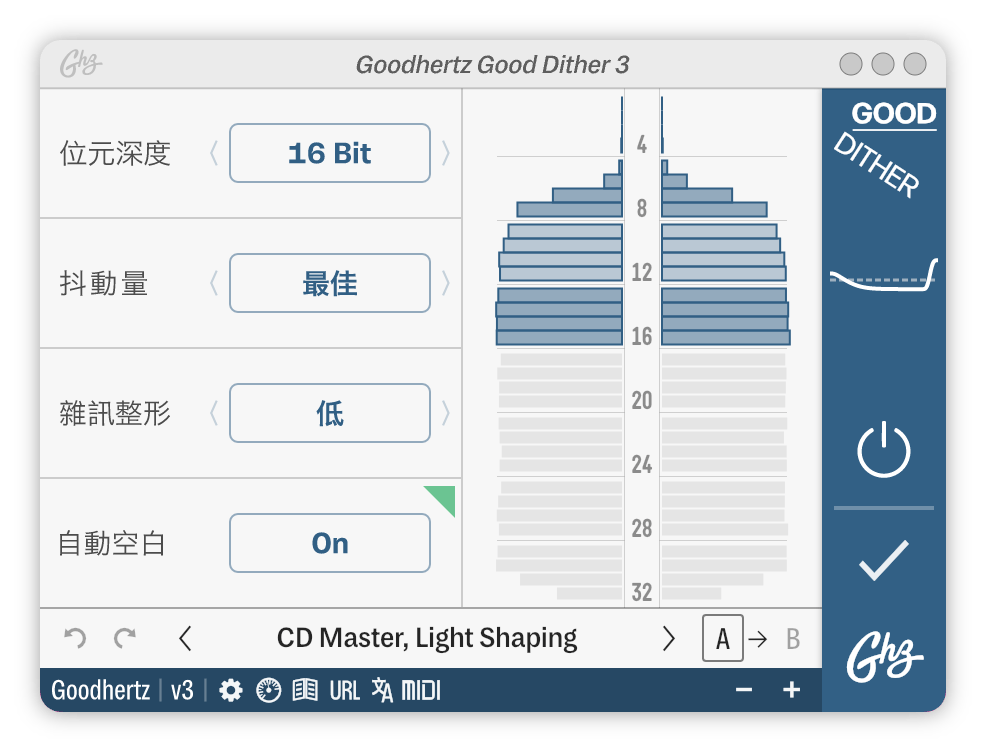Good Dither is a very good dither that’s very easy to work with. Set it on “Optimal,” and it will optimize the dither and noise shaping for any combination of bit depth and sample rate.
- Smooth, perceptually optimized noise shaping
- Designed for all sample rates
- Auto blanking when input is silent
- Simple controls
When should I use dither?
Every time you reduce the audio bit depth you should dither to prevent distortion and quantization error. 24 bit → 16 bit, 32 bit → 24 bit — any time you reduce the word length.
My DAW / audio app already has a built-in dither — why do I need this?
To be honest, there are a lot of very bad dither algorithms in use: ones with nasty, overly aggressive noise shaping curves that can do more harm than good.1
Good Dither’s noise shaping increases resolution while staying smooth & natural-sounding and avoiding extreme high-frequency peaks.
 The noise shapes of several common dither algorithms
The noise shapes of several common dither algorithms
Break that graph down for me a little.
Dither adds noise to audio signals in order to prevent distortion that otherwise would occur. The noise shaping of the dither affects the frequency spectrum of that noise. Generally, the goal of a noise shaping algorithm is to move noise energy away from areas that the human ear is very sensitive to and to push it to places that we’re not as sensitive (very high or very low frequencies). The tradeoff is that aggressive noise shaping adds higher peaks in the dither signal, so the best dithers strike a good balance between noise reduction and avoiding excessive peaks.
The following chart shows the perceived noise reduction2 (more reduction = better) and the highest peaks relative to flat dither (lower = better).
| Dither Algorithm | Noise Reduction | Highest Peak | |
|---|---|---|---|
| Goodhertz “High” | 8 dB | 24 dB | ! |
| POW-R #3 | 7 dB | 27 dB | |
| FabFilter Pro-L “Weighted” | 7 dB | 27 dB | |
| Goodhertz “Optimal” | 6 dB | 16 dB | ! |
| FabFilter Pro-L “Optimized” | 6 dB | 19 dB | |
| iZotope “High” | 6 dB | 21 dB | |
| Apogee UV22HR | 5 dB | 27 dB | |
| POW-R #2 | 5 dB | 13 dB | |
| Goodhertz “Low” | 4.5 dB | 10 dB | ! |
| iZotope “Medium” | 4 dB | 12 dB | |
| iZotope “Moderate” | 3 dB | 9 dB | |
| POW-R #1 | 4.5 dB | 26 dB | |
| Flat TPDF Dither | 0 dB | 0 dB |
If this dither is so good, why isn’t it more expensive?
- We feel that you shouldn’t need to spend hundreds on a utility tool essential for anyone who works with digital audio.
- We want to reward Goodhertz customers with inexpensive utility plugins. Good Dither is the first plugin in our “Good” series, and we’ll be adding lots more in the future.
Is Good Dither available for licensing?
It is! If you’d like to license Good Dither for your app, contact us.
-
Drastic noise shaping can cause additional distortion, create MP3 encoding issues, or even become audible or damage tweeters in certain situations. ↩
-
The perceived noise reduction was obtained at threshold levels using multiple trained subjects listening in headphone (Sennheiser HD 600 and HD 280) and loudspeaker (ATC SCM50ASL and K&H O300) environments. ↩
Merch!
Good Dither T-Shirt



